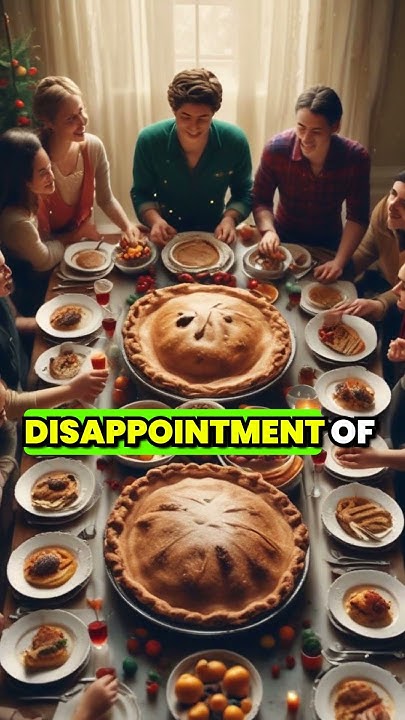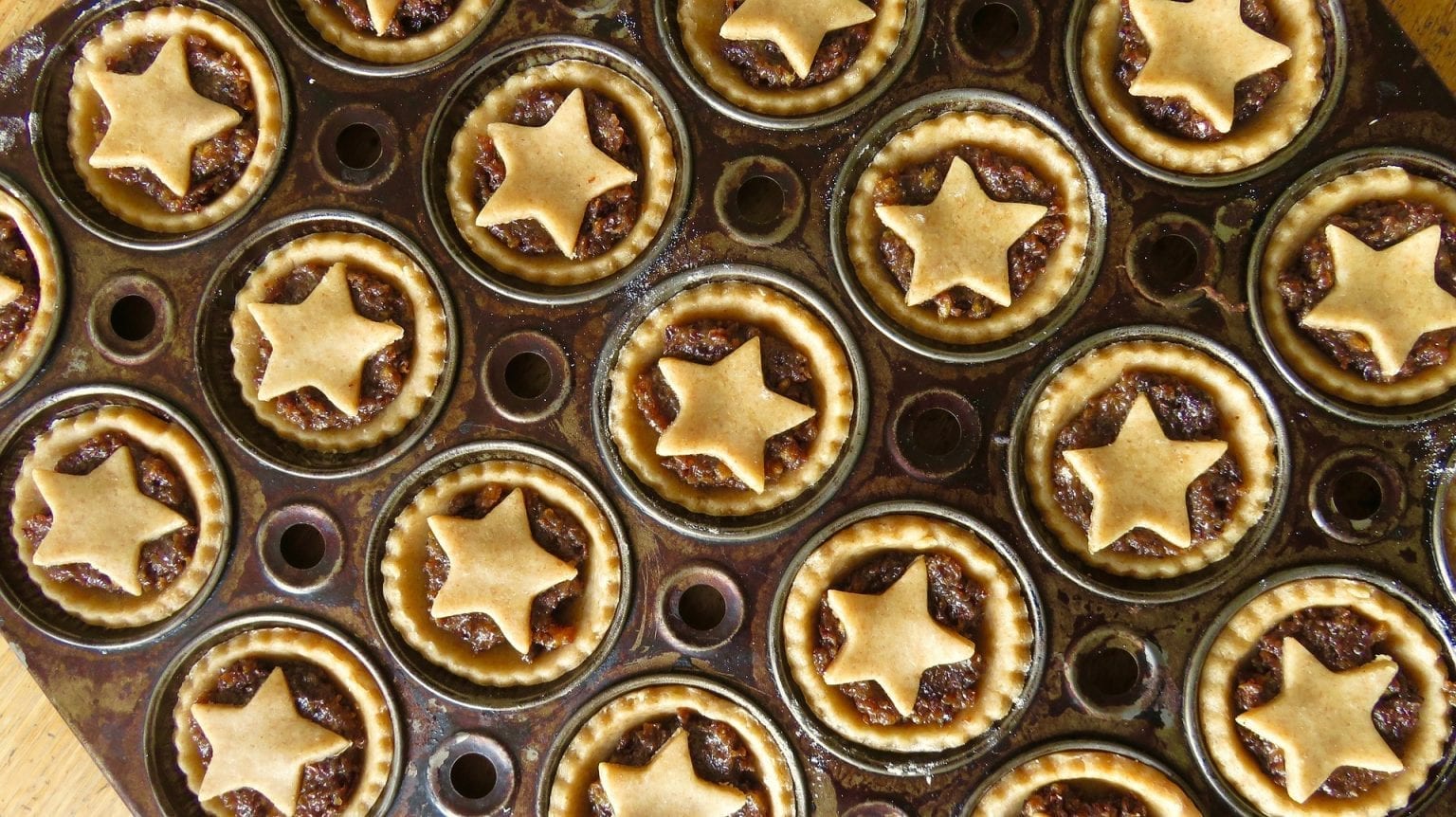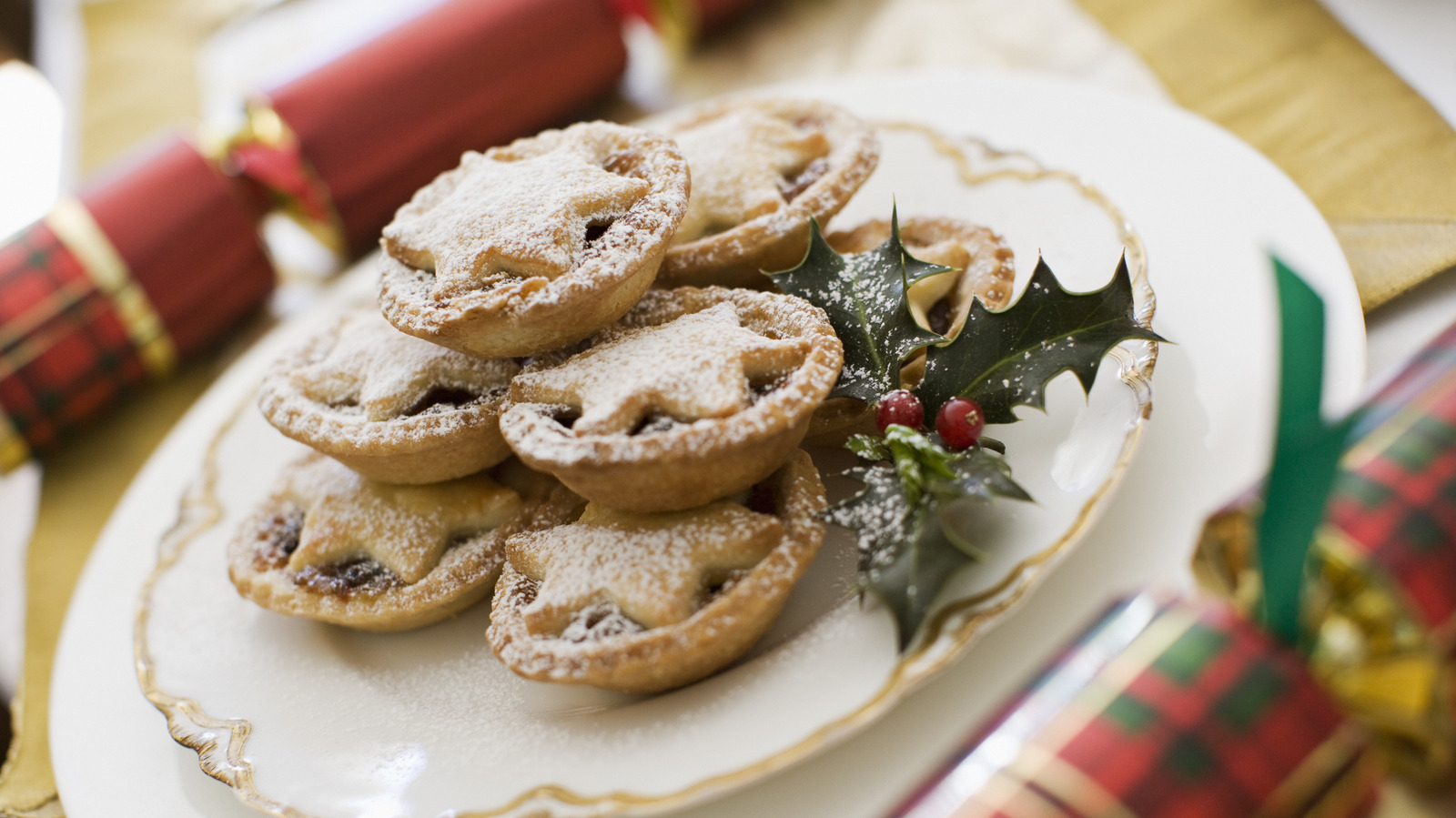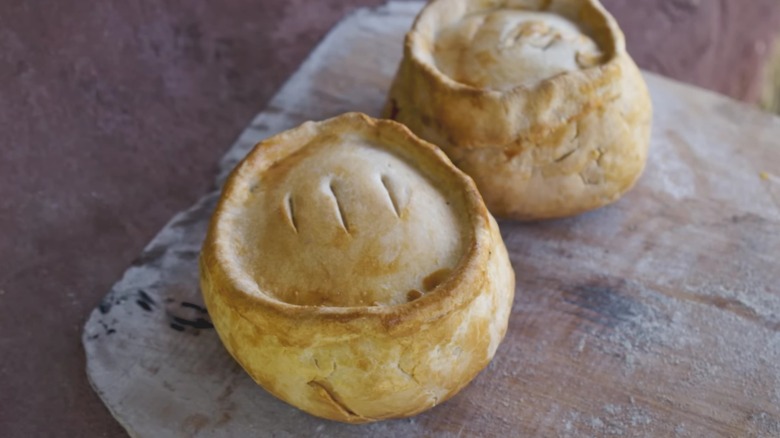Who Banned Mince Pies In The 17th Century
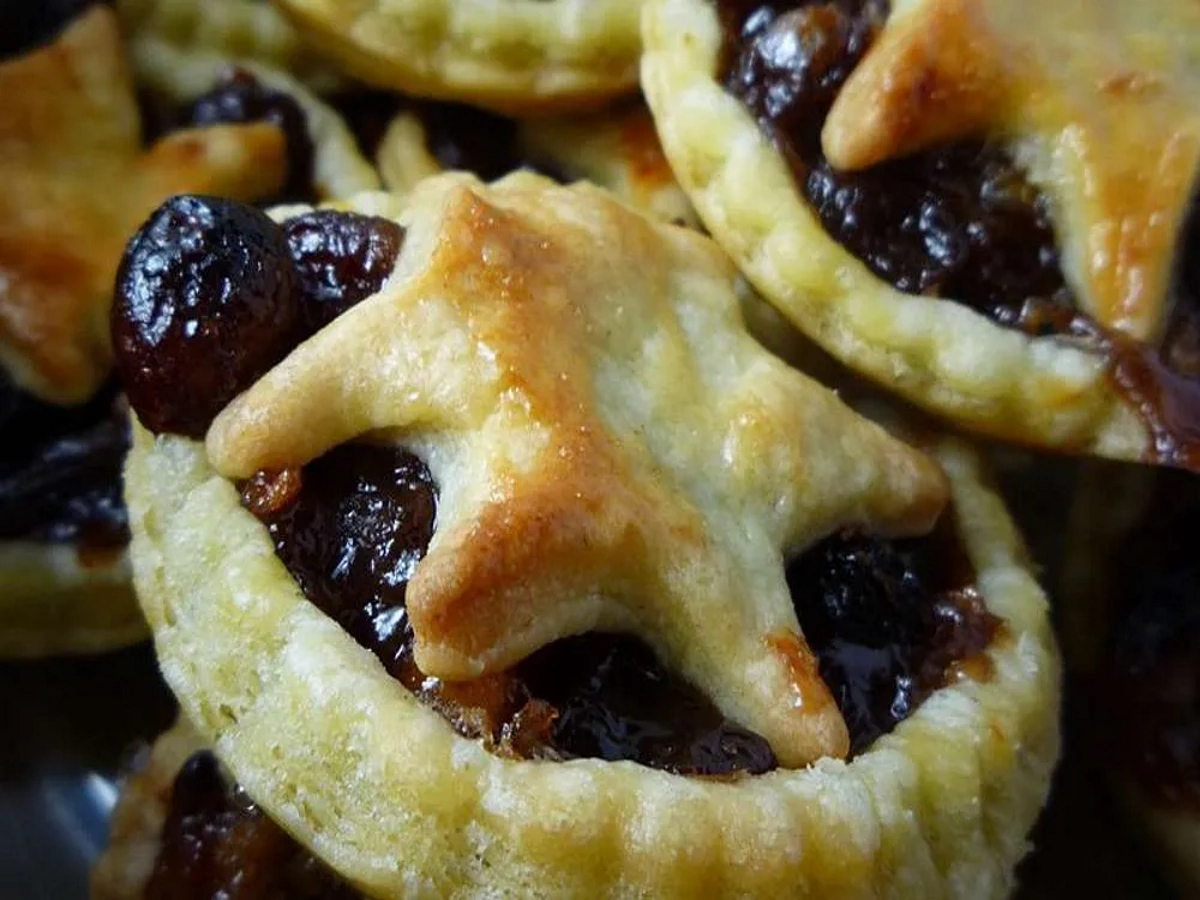
Mince pies, a Christmas staple, were once outlawed. The 17th century saw these festive treats targeted by those in power, a move that remains a curious historical footnote.
The Puritans' War on Christmas Cheer
The ban on mince pies was part of a broader effort to suppress traditional Christmas celebrations.
Following the English Civil War, the Puritans, led by Oliver Cromwell, rose to power.
They viewed Christmas as a time of excessive revelry and considered many associated customs, including mince pies, to be popish and therefore, undesirable.
Who Was Behind the Ban?
It wasn't a single decree, but rather a series of actions and shifting attitudes. The Puritan regime, particularly during the Interregnum (1649-1660), actively discouraged and, in some instances, outright forbade traditional Christmas festivities.
While no single law explicitly named mince pies, the overall climate of suppression made their consumption risky and frowned upon.
Local authorities, often influenced by Puritan ideals, enforced these restrictions.
What Was Banned?
The crackdown targeted anything considered frivolous or excessively celebratory. This included traditional feasting, decorations, and, crucially, foods associated with Christmas.
Mince pies, due to their association with the holiday and perceived decadent ingredients, fell into this category.
The intent was to shift focus from secular enjoyment to more pious reflection.
Where and When Did This Happen?
The ban was primarily enforced in England and the areas under its control during the 17th century.
The most intense period of suppression occurred during the Interregnum, specifically from the 1640s through the 1650s.
This era saw a widespread attempt to reform societal norms and religious practices.
The How of Enforcement
Enforcement varied regionally. Some areas saw strict penalties for celebrating Christmas, while others were more lenient.
Social pressure and the risk of being seen as defying the Puritan authorities were often enough to deter public displays of festivity.
Businesses that traditionally profited from Christmas celebrations faced scrutiny and potential repercussions.
The Aftermath and Legacy
The restoration of the monarchy in 1660 marked the end of the official ban. Christmas celebrations, including the consumption of mince pies, gradually returned to favor.
However, the Puritan era left a lasting impact on English culture. Some of their criticisms of Christmas excess persisted, influencing later attitudes towards the holiday.
The story of the banned mince pie serves as a reminder of the complex and sometimes turbulent history of Christmas traditions.
Ongoing Research
Historians continue to delve into local records to uncover more detailed accounts of the Puritan crackdown on Christmas.
Understanding the nuances of enforcement and public response remains a key area of ongoing investigation.
Further research may reveal previously unknown facets of this fascinating chapter in culinary and cultural history.

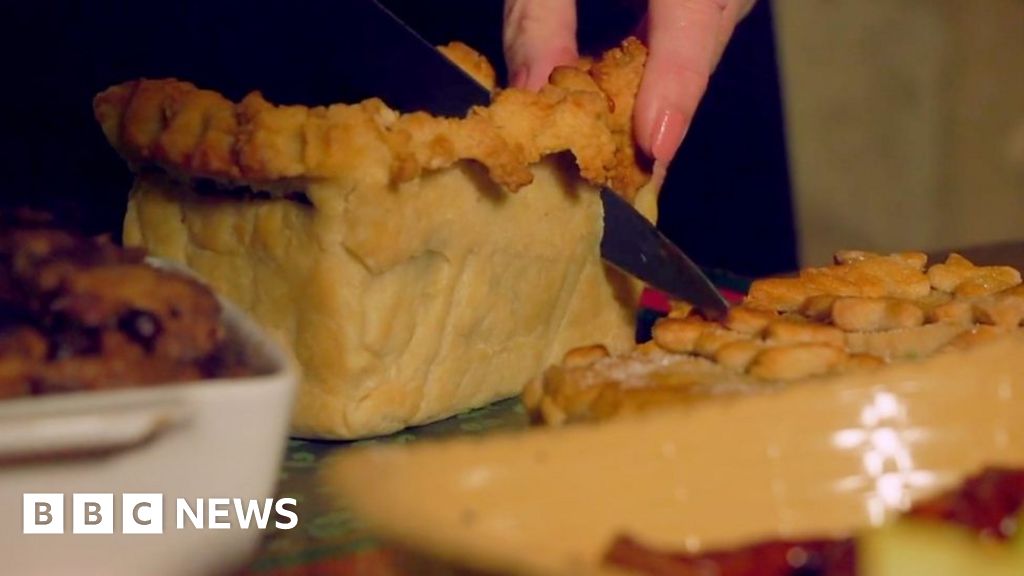
:max_bytes(150000):strip_icc()/20241211-SEA-MincePies-AmandaSuarez-7c3cd84ab5464108ab42b96bee92a79b.jpg)




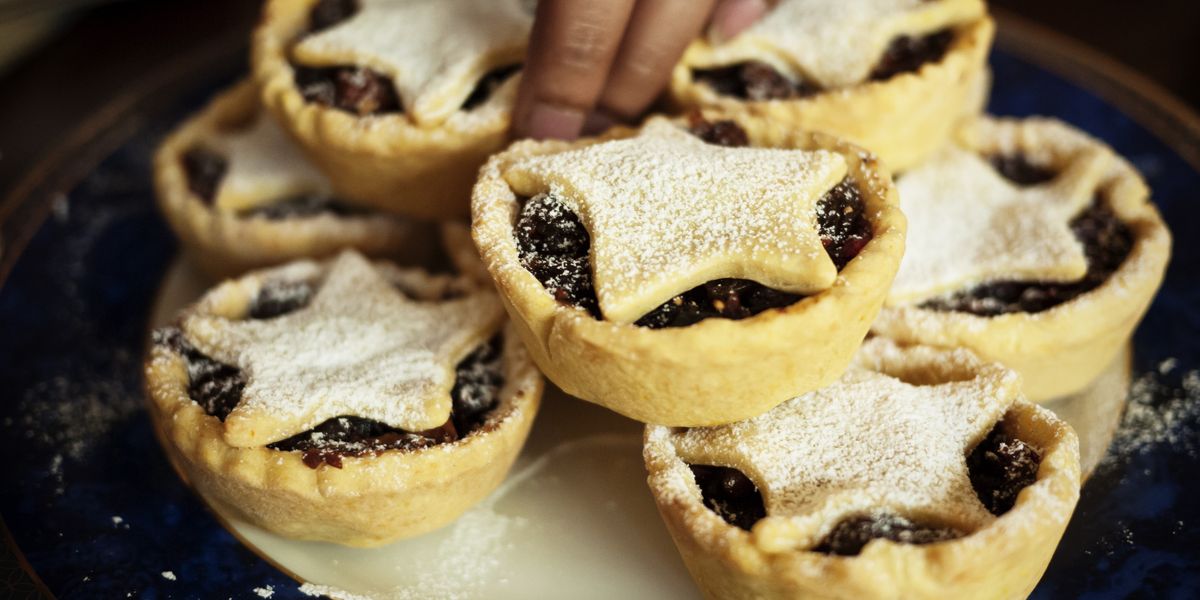
/https://tf-cmsv2-smithsonianmag-media.s3.amazonaws.com/filer/37/5a/375ab610-9919-47a8-b3a1-886396b4a37f/mince-pies-1919916_1920.jpg)

